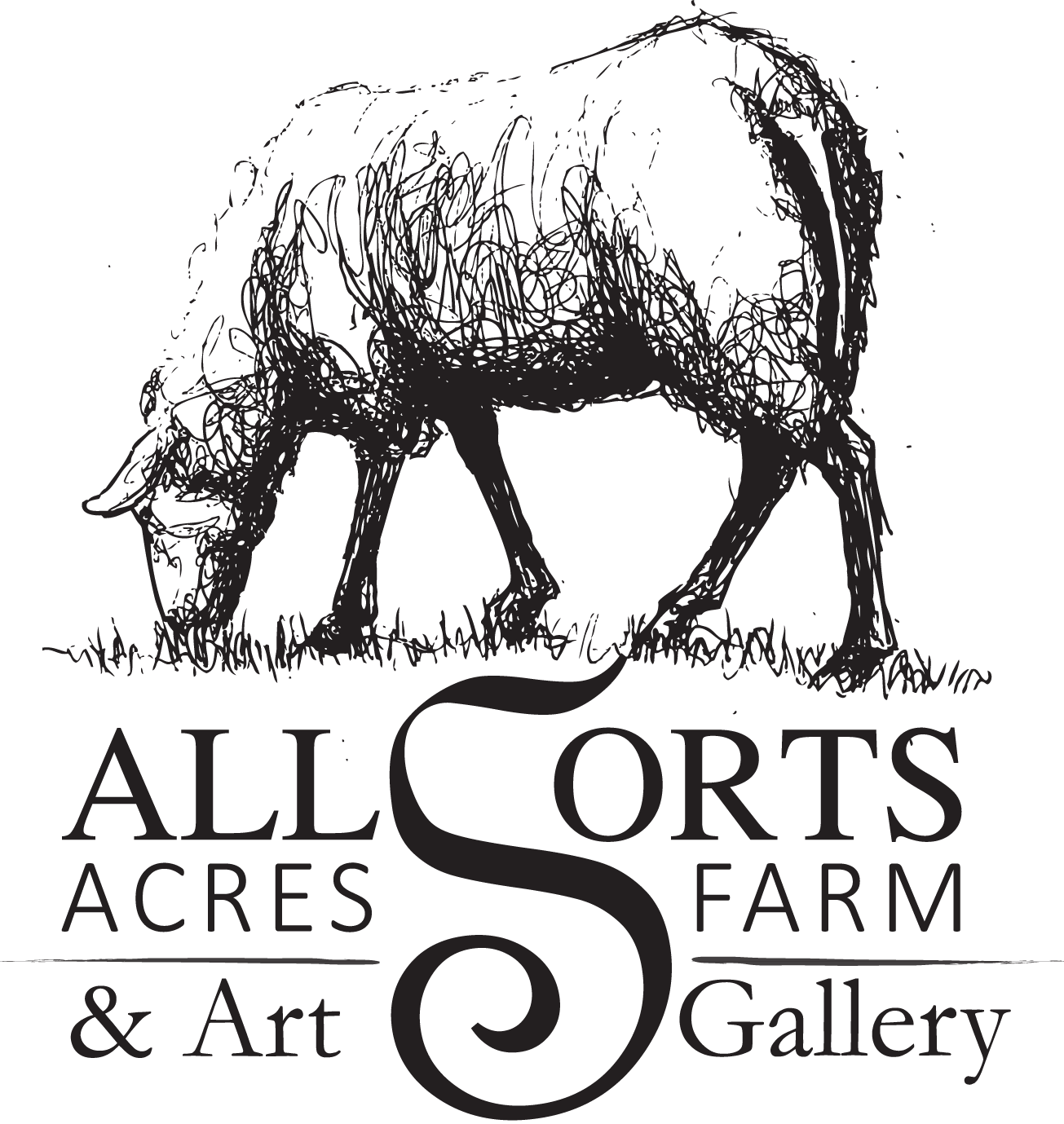Last year we were asked why our farm looked so messy. Now, let me qualify what messy means for you. Generally, most of the vegetation around the house, barn, chicken coop, marsh, and basically, the entire farm is left to grow long. The only areas that are cut are walking paths, the edges of the driveway, and the part of the front of the house so the puppers can run around (they aren't very tall, and Nibbles prefers short grass).

By traditional, conventional house standards, our house is an eyesore. The lawns are long, unkempt, messy, "weeds" are growing everywhere, and old fallen leaves litter the ground. Having both Tim and I grow up in Southern Ontario suburbia, appearance of home and lawn is IMPORTANT. Yes, very important. So important that when we drove across the rest of the country we were struck with how neat and tidy Southern Ontario was comparatively.

Both of us understand the desire for neatness and orderly environments. A freshly mowed lawn, against the backdrop of a well tended garden can be a beautiful sight. And yes, we both cringe at times when the long grass begins to yellow, wilt, and eventually dry out giving the appearance of a vacant lot. When Tim trims the edges of the driveway, house, and walkways, the short grasses look so orderly beside the willowy orchard, timothy, and brome grasses. It almost looks nice.
What of course I don't remember in neat, orderly and landscaped lawned yards was life. Yes, there were a few insects, if lucky, may get to see a tiny toad, but, all in all, wildlife was pretty sparse. Seeing it was a bit of an event. No wonder. Well ordered and organized yards are created for people. They're for people to sit, play, relax, and admire. They're integral one's identity, education, and place in society. Nice people keep there homes neat and tidy. Am I being over dramatic? Yes. Probably. Still, yards are made for people.

When living at our homestead just outside of Guelph, the original All Sorts Acre, we quickly learned that nature likes disorganized, and beauty really is in the eye of the beholder. When we moved in to that property, it was just over an acre of lawn, with a few fruit trees. Pretty, but somewhat sparse. Over the seven years we lived there, we worked hard to create something akin to an ecosystem in an effort to put our permaculture, and ecosystem learning into practice. It was transformed from an acre of lawn into a varied landscape that had many different types of habitat for wildlife throughout the year. Not matter the season, there was always some kind of interesting plants and animals appearing and disappearing. From tree frogs, to luna moths, to morel mushrooms, we had so many kinds of life, not to mention a plethora of food for us, it was wonderful!
That's the kind of environment we'd like to create here. Being on a farm, with a large marsh, and hills is very helpful, but a lot of it just takes time. Time is something that is precious to us, and frankly, we just haven't been able to get to the plants yet in any meaningful way, although, that is beginning to change.
What we have noticed over the five years we've been here, is that we have a lot of critters around from fireflies (glowing sky raisin) to garter snakes (nope rope) to tree frogs (leap slug). This year, in particular, we've noticed a lot more fireflies around. Fireflies have been a staple of Ontario childhoods for a long time. At one point, they could even be seen in fairly built up areas as long as there were creeks, streams, parks, and wild areas. They are now on the decline - fast.

For many urban-adjacent critters, a wild area can literally be the overgrown, undisturbed edge of a parking lot. Boreal forest it's not, but for an insect as long as your pinky nail, it can be a whole universe. Over the years many of the areas that had once been habitat have been built upon. The houses, shopping centres, schools, and general societal infrastructure has reduced the amount of wild habitat for insects such as the firefly, but also created more light, a mortal enemy of many insects, but especially the firefly. As an insect that rely's on the dark to flash rhythmically to attract a mate, light pollution is truly a killer.
So, in a long winded way, this is why we keep don't keep everything neat and tidy - it's habitat. It provides nooks, crannies, and cracks for critters all year round. the dried thatch lets Mourning Cloak butterflies stay safe for the winter, and the voles a warm place to bed. It supports the flying, crawling, and buzzing insects that are the food source for snakes, bats, rodents, turtles, and so much more.
By not doing much yard work it's creating some really interesting nooks, crannies, and niches for critters large and small. If nothing else, it's always an adventure to see who will greet us in the morning next!

